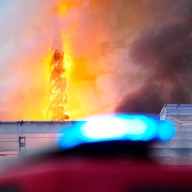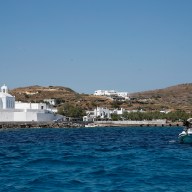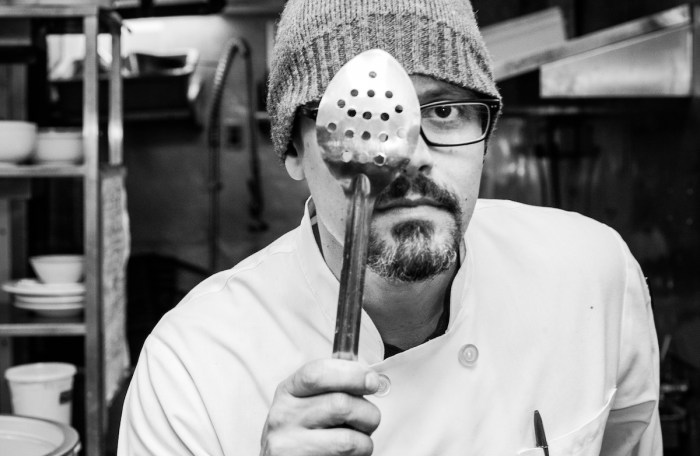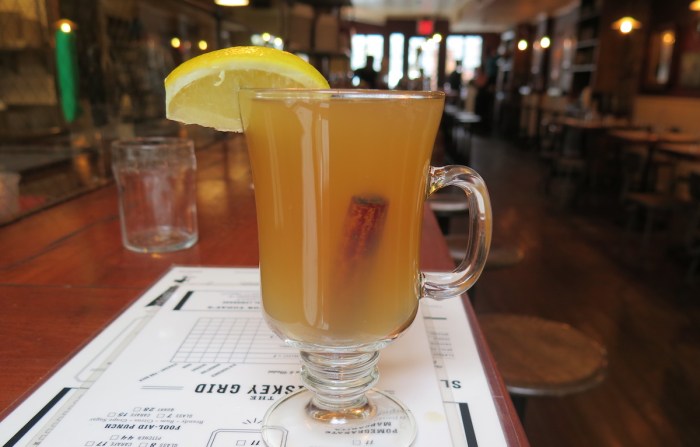Drink that rosé while you can, because the taps are going to run dry soon.
In the latest edition of Page Six’s annual Overheard in the Hamptons series, supplies are getting tight, with the seller of Whispering Angel saying he’s down to his last few crates. And then we may as well declare summer over, Labor Day or not. Don’t winemakers know that we need rosé until the rooftop bars freeze over?
RELATED: What wine is your borough drinking? “The harvest of 2014 for Europe was notably poor due to the bad weather, so the yield from most vineyards was lower than expected for the 2015 wines,” says David Noto, an Italian grower whose vineyard, Altaneve, produces sparkling rosé. There’s also some blame to spread around among importers underestimating demand, and consequently producers setting aside less stock for the U.S. market.
But this is 2015, and we shouldn’t be here at all. The demand for rosé is neither new, nor sudden. For example, exports of rosé to the U.S. from Provence, France’s biggest rosé-growing region,have seen double-digit growthevery year since 2004, with a 29 percent increase in 2014. So why are we still facing the prospect of Black Friday-level clashes in the wine section? It comes down to the nature ofrosé.
RELATED:It’s time for Riesling, the other summer wine “Roséwines are young wines that taste their best in the year they are produced,” Noto adds. “For producers and importers, it is better to run out ofroséthan risk that it sits on shelves for more than a year in stores or warehouses, so many intentionally limit production quantities, irrespective of yield.” Roséis produced all over the world, so climate and yields vary widely, but according to Noto brighter days are ahead.
“Across Europe, this year’s weather is much hotter and less rainy than last year, which should equate to better harvest yield and grape quality,” he says. “So the wine produced for next year’s consumption should be even better than the 2015 wines.”
NYC is about to have another rosé shortage
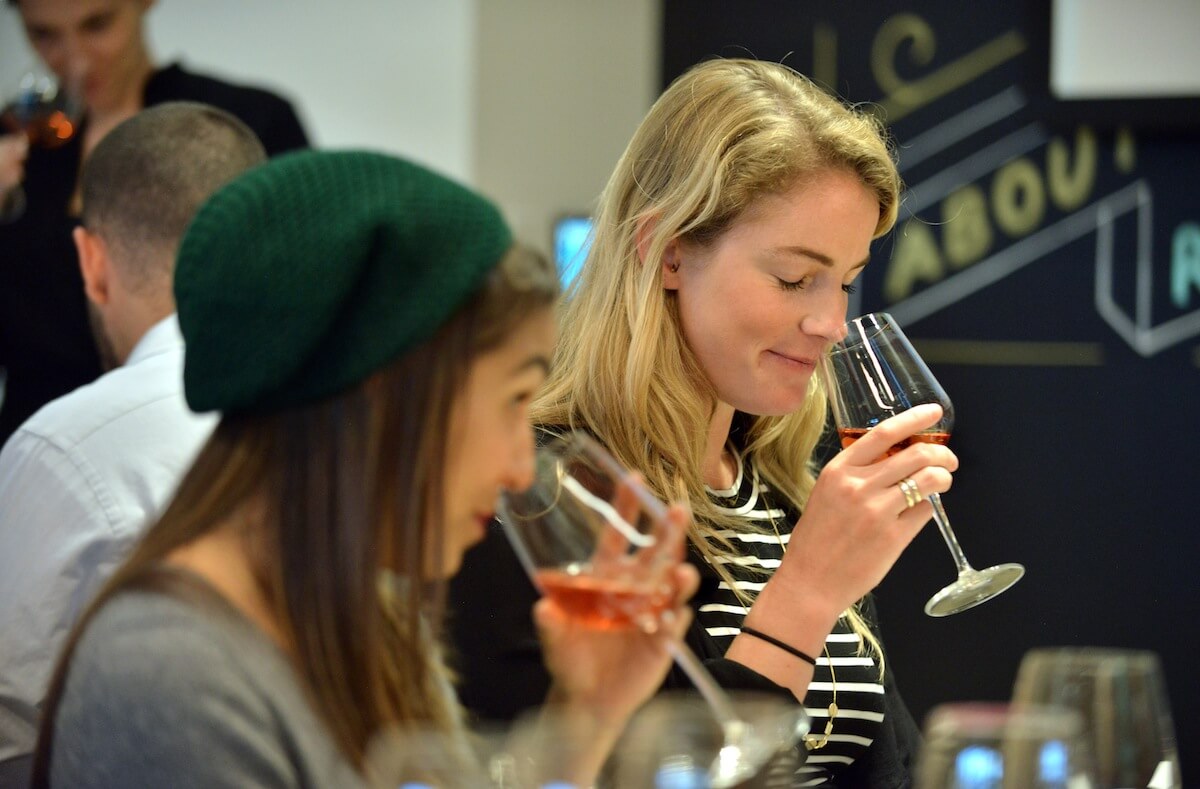
Getty Images




